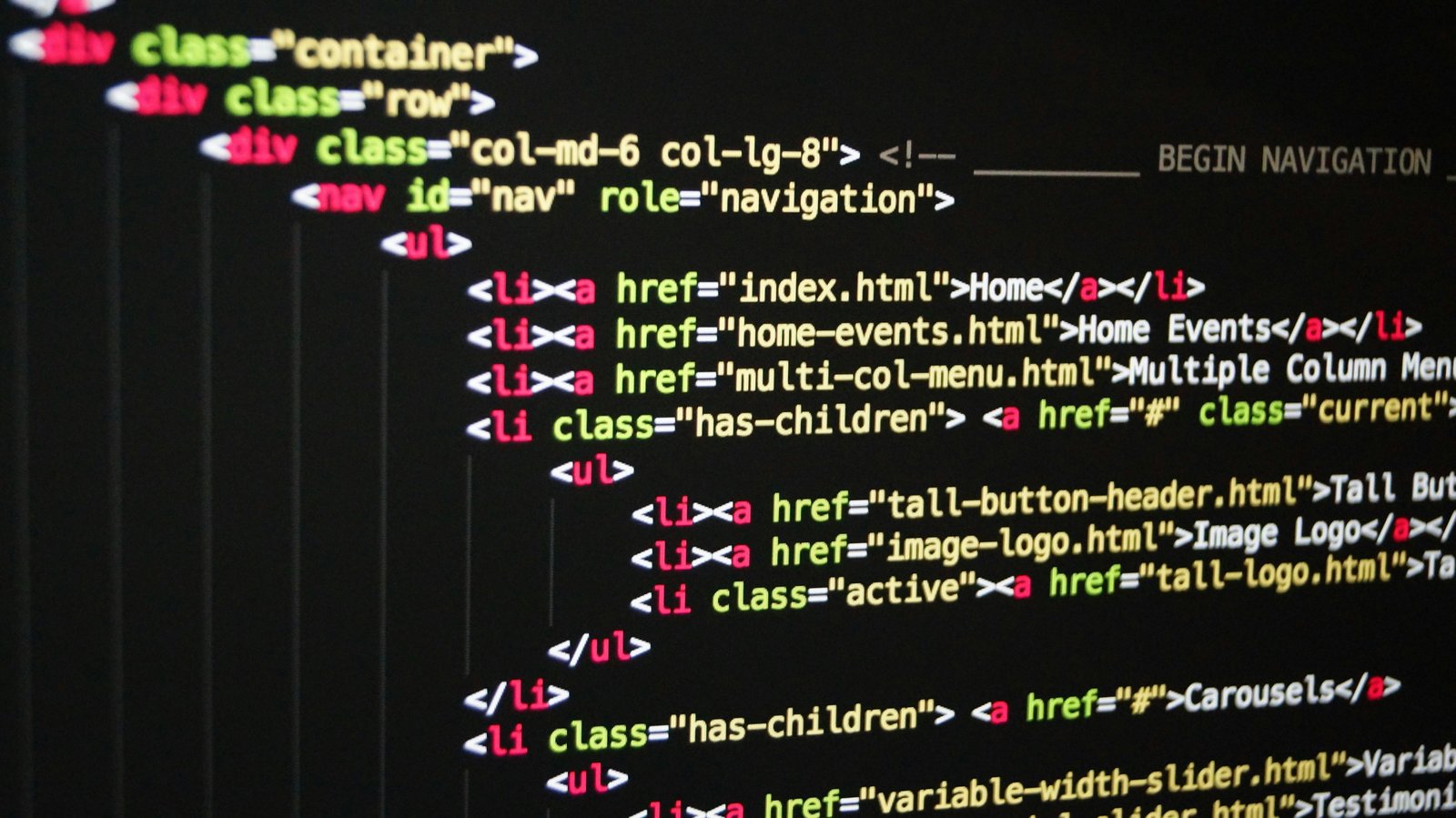Introduction
Welcome to the comprehensive guide on Exploring Java Collections Framework. In this detailed exploration, we delve into the depths of Java Collections Framework, unraveling its significance, applications, and best practices. Whether you’re a seasoned developer or a curious learner, this guide promises valuable insights and practical knowledge.
Unveiling Java Collections Framework
Java Collections Framework stands as a cornerstone in Java programming, offering a versatile set of classes and interfaces for handling and manipulating collections of objects. Let’s navigate through the key components that make up this powerful framework.
Understanding Collections
In the realm of Java, collections represent groups of objects. From Lists to Sets and Maps, each collection type serves a unique purpose. Delve into the specifics of each, understanding their roles and when to deploy them in your code.
Lists: Ordered and Dynamic
Explore the intricacies of Lists, the dynamic and ordered collection type in Java. Learn how Lists provide flexibility, allowing developers to manage elements in a sequential manner.
Sets: Distinct and Unordered
Uncover the significance of Sets in Java Collections Framework. As distinct and unordered collections, Sets play a vital role in scenarios where uniqueness and absence of a specific order are paramount.
Maps: Key-Value Pairs
Dive into the world of Maps, where key-value pairs reign supreme. Discover how Maps facilitate efficient data retrieval and storage, making them indispensable in various programming scenarios.
Iterators: Navigating Collections
Master the art of iteration with Java Collections Framework. Understand the role of iterators in traversing through collections seamlessly, enhancing the efficiency of your code.

Exploring Java Collections Framework: A Comprehensive Guide
Embark on a comprehensive exploration of the Java Collections Framework, understanding its importance, applications, and best practices.
Importance in Java Development
Java Collections Framework is not just a set of classes; it’s a paradigm shift in Java development. Learn why mastering this framework is essential for building efficient and scalable applications.
Applications in Real-world Projects
Gain insights into real-world applications of Java Collections Framework. From database operations to user interface management, discover how this framework becomes the backbone of diverse projects.
Best Practices for Optimal Performance
Explore best practices that elevate your code’s performance. From choosing the right collection type to optimizing iteration, discover the nuances that distinguish an average implementation from an exceptional one.
Frequently Asked Questions
Q. Can I use multiple collection types in a single Java program?
A. Absolutely! Java Collections Framework is designed for versatility. You can seamlessly integrate multiple collection types based on the specific requirements of your program.
Q. What is the key difference between List and Set?
A. The primary distinction lies in the ordering of elements. Lists maintain a specific order, whereas Sets do not. Additionally, Sets only allow distinct elements.
Q. How do I handle concurrent access to a collection?
A. For scenarios involving concurrent access, consider using synchronized collections or explore the concurrent package introduced in Java.
Q. Is it possible to sort a Map in Java Collections Framework?
A. Yes, you can achieve sorting in a Map by utilizing TreeMap, which automatically sorts elements based on their natural order or a custom comparator.
Q. Can I create my custom collection class in Java?
A. Certainly! Java provides the necessary interfaces and classes to implement custom collections. Extend AbstractCollection or implement Collection interface to craft your collection class.
Q. What is the significance of the Iterator interface?
A. The Iterator interface provides a standardized way to traverse through collections. It ensures uniformity in iteration, enhancing code readability and maintainability.
Conclusion
In conclusion, Exploring Java Collections Framework: A Comprehensive Guide equips you with the knowledge to navigate the vast landscape of Java collections. From understanding individual collection types to implementing best practices, this guide serves as your compass in the world of Java development.
UP NEXT
Basics of Java Programming – Data Types and Variables in Java

